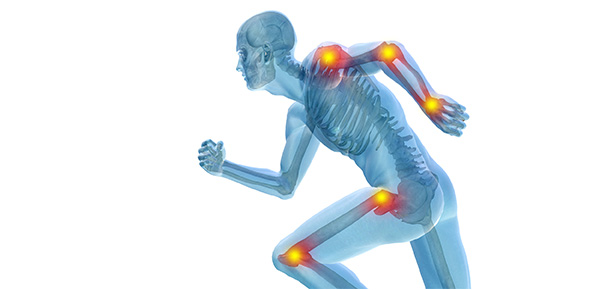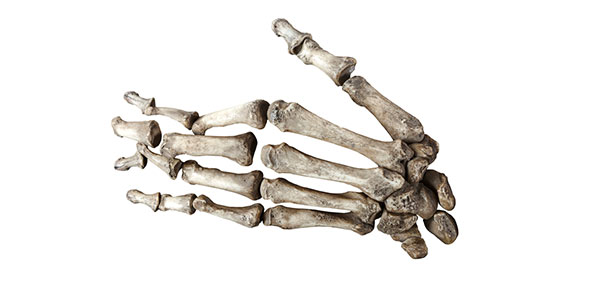Related Flashcards
Cards In This Set
| Front | Back |
|
Cell Respiration
|
Glucose -->--> Citric Acid Cycle-->-->Electron Transport Chain (A.T.P, CO2, H2O)
|
|
Glucose Metabolism
|
Excess glucose is converted to glycogen
|
|
Nutrient Building Blocks
|
Lipids (Glycerol + Fatty Acids)
Carbohydrates Protein (Amino acids) |
|
Pancreas
|
Alpha Cells: produce glucagonBeta Cells: produce insulinDelta Cells: produce somatostatin
|
|
Role of Glucagon
|
High blood sugar level Stimulates glycogen breaking down. Fat conversion --> Glucose
|
|
Role of Insulin
|
Low blood sugar level Stimulates glycogen production Stimulate storage of fat, protein synthesis goes up
|
|
Type I Diabetes
|
Child onsetInsulin-dependent diabetesDon't produce insulin (high blood sugar levels)
|
|
Type II Diabetes
|
Adult onset >40 yrsProduce insulin, but receptors don't work Insulin resistant
|
|
Integumentary System
|
Skin, hair, nails, sweat glands
Protect tissues, reg. body temp., support sensory receptors |
|
Skeletal System
|
Bones, ligaments, cartilages
Provide framework, protect soft tissues, provide attachments for muscles, produce blood cells, store inorganic salts |
|
Muscular System
|
Muscles
Cause movements, maintain posture, produce body heat |
|
Nervous System
|
Brain, spinal cord, nerves, sense organs
Detect changes, receive & interpret sensory info, stimulate muscles & glands |
|
Endocrine System
|
Pituitary gland, thyroid gland, parathyroid gland, adrenal glands, pancreas, ovaries, testes
Control metabolic actions of body structures |
|
Cardiovascular
|
Heart, arteries, capillaries, veins
Move blood thruout blood vessels & transport substances thruout body |
|
Lymphatic
|
Lymphatic vessels, lymph nodes, thymus, spleen
|







